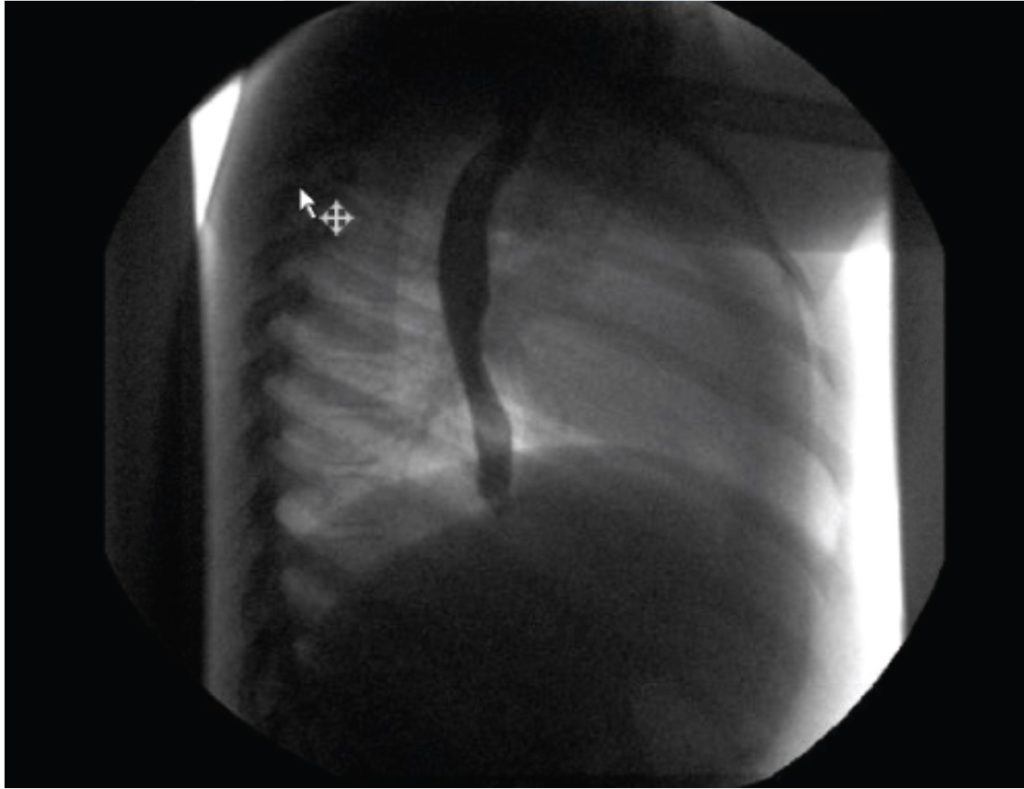Ingestion of bleach led to esophageal stricture in a 5-year-old girl. She was treated with topical budesonide.
A 5 year-girl presented to the emergency department with grade II esophageal injury after industrial-strength bleach ingestion. Eventually, the esophageal injury progressed to stricture. Grade II esophageal injury have a 77% risk of progressing to esophageal stricture.
Initially, the treating physicians provided her standard treatment with omeprazole and serial endoscopic dilations.
Till five weeks after bleach ingestion, the patient had persistent dysphagia and she had lost considerable weight. The doctors started her on topical budesonide. It is a steroid. Studies have shown positive effects of budesonide in preventing esophageal stricture and in treating esophageal injury. However, some studies have suggested otherwise too, so the role of corticosteroids is still controversial.
Two weeks later, repeat endoscopy identified an esophageal stricture. However, it showed marked improvement in the stricture’s diameter. Moreover, it also revealed mucosal healing.
The patient had shown clinical improvement. Her dysphagia resolved. She also gained weight.
After another few weeks, a repeat esophagram showed radiographic resolution of the stricture.

Although with the treatment, the patient showed substantial improvement, it is still no safe to conclusively state the role of corticosteroids. Despite the insufficient evidence, for managing eosinophilic esophagitis (EoE), topical corticosteroids (as inhalers or as oral solutions) are the first-line treatment for preventing the strictures.
More studies are required to understand the role of budesonide and other steroids in the management of caustic esophageal injury.
References:
Gallant ML, Mir SA, Lichtman SN (2016) Treatment of Caustic Ingestion Associated Esophageal Stricture with Budesonide. Clin Med Img Lib 2:046. doi.org/10.23937/2474-3682/1510046




